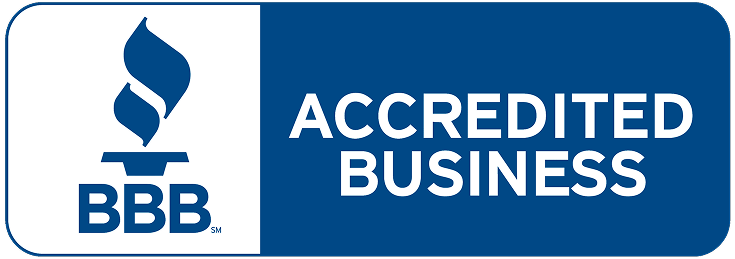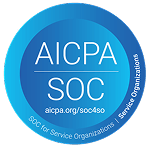Budgeting as an F-1 visa student living in the U.S.
Living in the U.S. as an international student on an F-1 visa means balancing tight work restrictions with real financial responsibilities. Tuition is only part of the equation. Rent, food, transportation, visa renewals and emergency costs can all add up fast – and budgeting for college students requires more than just cutting back on takeout.
The good news? With the right system, you can build a budget that helps you feel stable and focused – without feeling deprived. This guide is built specifically for F-1 visa students like you, who need to stretch limited funds across unpredictable timelines.
Understand what your visa allows (and limits)
The first step in building a working budget is knowing where your money can – and can’t – come from.
Under F-1 visa requirements and regulations:
- On-campus work is allowed up to 20 hours per week during the academic year.
- Off-campus work is only allowed through curricular practical training(CPT) or optional practical training (OPT) and must be approved by your Designated School Official (DSO).
- Unauthorized work is a violation of your visa and can risk your status.
That means your income during school is likely limited, especially in your first year. Your budget needs to be designed with those limits in mind – no assumptions about side gigs or freelance work.
That’s why knowing about work authorization for international students is essential before planning any job income.
Break your budget into real-life categories
Traditional budget templates don’t always apply well to international students. Try adapting this breakdown:
Fixed expenses (60–70%)
- Rent and utilities
- Insurance (health, renters if required)
- Tuition (if paid monthly or per term)
Academic expenses (10–15%)
- Textbooks, software, lab fees
- Supplies like notebooks, chargers or graphing calculators
Daily living (10–15%)
- Groceries, transit, phone plan
- Toiletries and basic household items
Emergency fund or cushion (5–10%)
- Unexpected travel, medical expenses, job search delays during OPT
Tip: Use apps like Mint, YNAB or a simple spreadsheet to categorize your expenses monthly. Visualizing your spending helps you stay grounded – and catch problems early. For students tight on funds, knowing how to build credit in the U.S. can also make it easier to manage future loan or housing costs.
Tactics to stretch your budget further
Here are some strategies that actually work for F-1 visa students:
Cook at home in batches
Buying groceries in bulk and meal prepping a few times a week saves money and time – and helps avoid expensive food delivery.
Find housing with shared expenses
Living with roommates who share utilities, internet and even meals can lower monthly costs substantially. Just make sure your lease and legal arrangements are clear.
Use your student ID everywhere
Many local businesses, software providers, museums and public transit systems offer student discounts – some you’ll only get if you ask.
Shop used or borrow textbooks
Use your university library’s reserve copies, online rental sites or student Facebook groups to avoid paying US$100+ per book.
Apply for internal scholarships and assistantships
Even small awards or part-time roles (especially in your second year) can make a big difference.
Building financial flexibility with support from MPOWER Financing
When your on-campus income is limited and costs are rising, it’s hard to budget your way out of every shortfall. That’s where outside financial support and education loan providers can help bridge the gap.
MPOWER Financing provides no-cosigner student loans for F-1 visa students pursuing degrees at approved schools in the U.S. and Canada. Loan amounts range from US$2,001 to US$100,000, and funds can be used for education-related expenses, even beyond tuition, including:
- Housing
- Visa-related fees
- Academic expenses
Note: In Canada, an MPOWER loan can cover university-invoiced expenses.
You’ll also get access to Path2Success, MPOWER’s free career and financial planning platform designed specifically for international students navigating OPT, STEM extensions and entry into the workforce.
If your budget needs help staying stable across semesters – or between graduation and your first paycheck – MPOWER gives you more options without needing a cosigner, credit history or collateral.
Your budget is your safety net
F-1 students face unique financial challenges while studying overseas, but that doesn’t mean you’re stuck. A smart, flexible budget – paired with the right support – gives you the ability to focus on your studies, take smart risks and protect your visa status.
Plan early. Track often. And don’t be afraid to ask for help or use tools made for international students. Your money should serve your degree – not the other way around.

